Cherry spot rasbora - Rasbora rubrodorsalis
Scientific name: Rasbora rubrodorsalis
Common name: Cherry spot rasbora
Family: Cyprinidae
Usual size in fish tanks: 3 - 4 cm (1.18 - 1.57 inch)
014
Recommended pH range: 6.6 - 7.6
Recommended water hardness: 2 - 11°N (35.71 - 196.43ppm)
0°C 32°F30°C 86°F
Recommended temperature range: 23 - 28 °C (73.4 - 82.4°F)
The way how these fish reproduce: Spawning
Where the species comes from: East Asia
Temperament to its own species: peaceful
Temperament toward other fish species: peaceful
Usual place in the tank: Top levels
Food and Feeding
Cherry Spot Rasboras (Rasbora rubrodorsalis) are omnivorous and not particularly picky eaters, making them suitable for aquarists of all experience levels. They thrive on a varied diet that should include a high-quality flake or pellet as their staple food. To enhance their natural colors and boost their immune system, regularly supplement their diet with live or frozen foods such as daphnia, bloodworms, micro worms, and brine shrimp. These protein-rich foods mimic their natural diet in the wild and encourage natural foraging behavior.
Feed your Cherry Spot Rasboras once or twice daily, offering small amounts that they can consume within a few minutes. Avoid overfeeding, as uneaten food can quickly foul the water, affecting the fish's health. Providing a varied diet will not only improve their coloration but also support their overall health and vitality.
Origin
Cherry Spot Rasboras are native to East Asia, with a significant population found in Northern Thailand. They inhabit slow-moving or still waters such as ponds, streams, and rice paddies. These environments are typically densely vegetated, offering plenty of cover and foraging opportunities. In their natural habitat, they thrive in soft, slightly acidic to neutral waters, which should be replicated in the home aquarium to keep them stress-free and healthy.
Sexing
Sexing Cherry Spot Rasboras is relatively straightforward. Males are generally slimmer and slightly smaller than females. During the breeding season, males exhibit more vibrant coloration, especially the characteristic cherry-colored spot near the dorsal fin. Females, on the other hand, tend to have a rounder, fuller body, particularly when they are carrying eggs. Observing these physical differences can help you distinguish between males and females when planning for breeding.
Breeding
Breeding Cherry Spot Rasboras is a rewarding process and can be successfully achieved in a well-prepared breeding tank. Set up a separate tank with soft, slightly acidic water and subdued lighting to create an environment conducive to spawning. Add fine-leaved plants like Java Moss or use spawning mops to provide a suitable surface for egg scattering. These fish are egg scatterers, and spawning usually occurs at daybreak. During spawning, the female releases eggs, which the male fertilizes. The eggs will be scattered around the tank and may adhere to the plants or substrate.
Once spawning is complete, promptly remove the parents to prevent them from eating the eggs. The eggs typically hatch within 24-36 hours, and the fry become free-swimming a few days later. At this stage, feed them infusoria or liquid fry food until they are large enough to accept micro worms or freshly hatched brine shrimp. Regular water changes and maintaining pristine water conditions are crucial during this early stage of development to ensure high survival rates.
Lifespan
The expected lifespan of Cherry Spot Rasboras in captivity is around 3-5 years, depending on the quality of care they receive. To maximize their lifespan, provide them with a stable, clean environment, a balanced diet, and a stress-free setting. Regular water changes, proper filtration, and avoiding overstocking will contribute to a healthier, longer life for these vibrant little fish.
Tank Setup and Environment
Cherry Spot Rasboras thrive in a well-planted tank that resembles their natural habitat. A tank of at least 60 liters (approximately 15 gallons) is recommended to house a small group of 10 or more individuals. They feel most comfortable in a dimly lit environment with plenty of plants such as Java Fern, Anubias, and floating plants to provide cover and diffused lighting. Using a dark substrate will enhance their coloration, making their cherry spot more vivid and noticeable.
Maintain the water temperature between 23-28°C (73.4-82.4°F) with a pH range of 6.6-7.6 to mimic their natural conditions. Ensure a gentle water flow using a low-powered filter to replicate the calm waters they inhabit in the wild. Regular water changes are essential to maintain high water quality and prevent the buildup of harmful substances.
Compatibility and Tank Mates
Cherry Spot Rasboras are peaceful and social fish that do best in a community aquarium with other non-aggressive species. Ideal tank mates include other small, peaceful fish such as Harlequin Rasboras, Neon Tetras, Ember Tetras, and small Corydoras catfish. Their calm nature and preference for the upper levels of the tank make them excellent companions for other species occupying different tank levels.
Avoid keeping them with larger, aggressive fish that may see them as prey, such as larger cichlids or predatory species. Keeping them in a shoal of at least 10 individuals will not only reduce stress but also encourage natural schooling behavior, adding dynamic movement to the aquarium.
Short Description
Cherry Spot Rasboras, known for their vibrant cherry-colored spot near the dorsal fin, are peaceful schooling fish that make a delightful addition to any community aquarium. They are best kept in groups of at least 10 to encourage natural shoaling behavior. These active fish thrive in well-planted tanks with a dark substrate, which enhances their coloration. Easy to care for and breed, they are suitable for both beginners and experienced aquarists looking to add a splash of color to their aquarium.
Pictures
Bought by aqua-fish.net from jjphoto.dk.





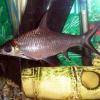 Bala
Bala 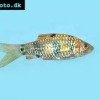 Spotted
Spotted 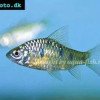 Golden
Golden 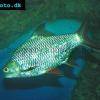 Tinfoil
Tinfoil  Congo
Congo 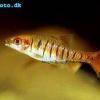 Blue-barred
Blue-barred 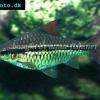 African
African  Butterfly
Butterfly 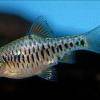 Olivegreen
Olivegreen 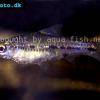 Morse
Morse 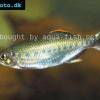 Jerdon’s
Jerdon’s 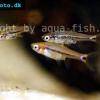 Mosquito
Mosquito 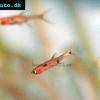 Dwarf
Dwarf 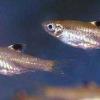 Eyespot
Eyespot 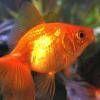 Goldfish
Goldfish  Penguin
Penguin 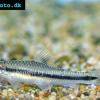 Siamese
Siamese  Koi
Koi 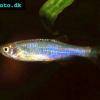 Pearl
Pearl 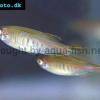 Glowlight
Glowlight 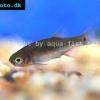 Crossbanded
Crossbanded  Yoma
Yoma 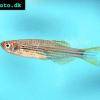 Orange
Orange 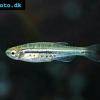 Dwarf
Dwarf 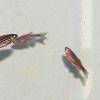 Zebra
Zebra 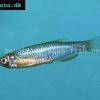 Rose
Rose 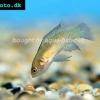 Red
Red 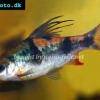 Arulius
Arulius 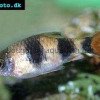 Tambraparni
Tambraparni 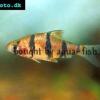 Fiveband
Fiveband 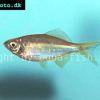 Bengal
Bengal 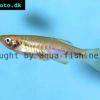 Tiger
Tiger 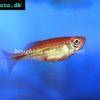 Malabar
Malabar 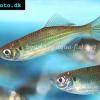 Queen
Queen 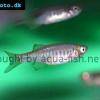 Hora
Hora 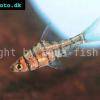 False
False 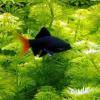 Redtail
Redtail 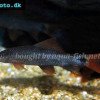 Rainbow
Rainbow 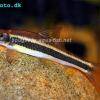 Flying
Flying 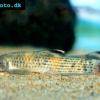 Garra
Garra 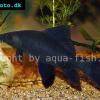 Black
Black 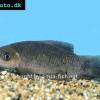 Purple
Purple 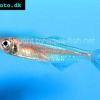 Burmese
Burmese 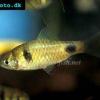 Dwarf
Dwarf  Isok
Isok 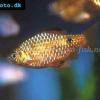 Rosy
Rosy 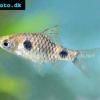 Two
Two 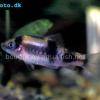 Melon
Melon 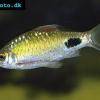 Black-spot
Black-spot 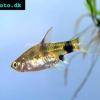 Golden
Golden 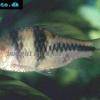 T-Barb
T-Barb 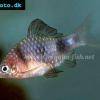 Ruby
Ruby 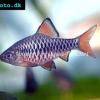 Checkered
Checkered  Rhomb
Rhomb 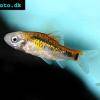 Gold
Gold 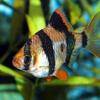 Tiger
Tiger 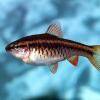 Cherry
Cherry 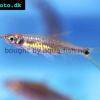 Brittan’s
Brittan’s 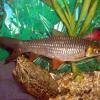 Greater
Greater 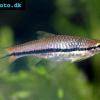 Long-band
Long-band 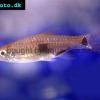 Twospot
Twospot 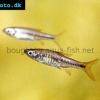 Reticulate
Reticulate 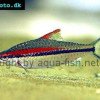 Denison
Denison 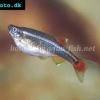 White
White 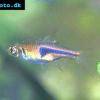 Lambchop
Lambchop 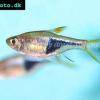 Harlequin
Harlequin